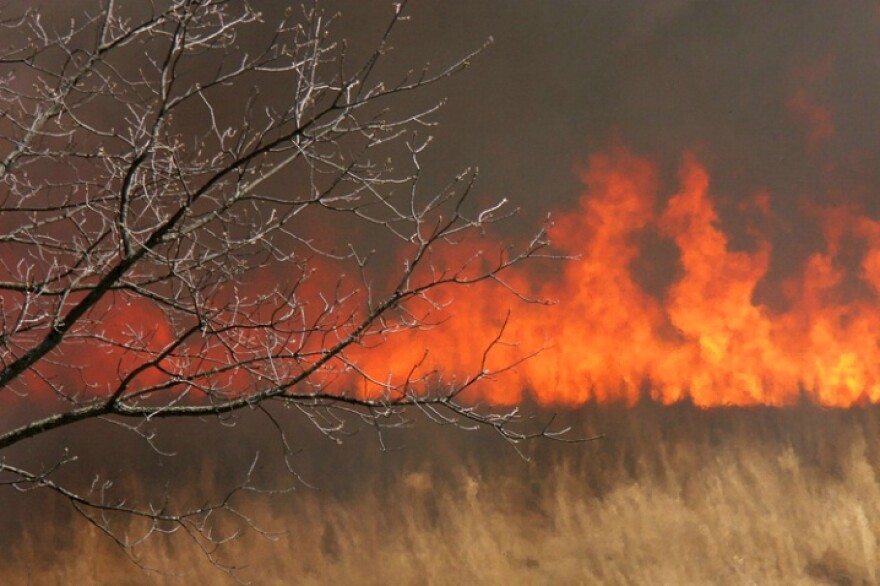It seems like Almost Yesterday that Southeast Missouri and Southern Illinois experienced an unusually hot and dry summer. The year was 1867 and rainfall remained scarce well into the autumn. Temperatures were high, humidity low, and the landscape turned brown and crunchy.
By mid-November, with crop yields low, a higher than usual number of hunters took to the woods and dry wetlands in pursuit of animals that could be used to sustain families through the coming winter. This resulted in an increased number of camp fires. On November 19, a heavy cloud of smoke covered all of Southeast Missouri and Southern Illinois.
A Cairo, Illinois newspaper reported that “a sweeping, surging flame is spreading over hundreds of miles of our territory, and dense, heavy stifling smoke, like a pall, have settled upon the whole country.”
Along the north-south Illinois Central Railroad, the heavy layer of smoke was said to be more than 100 miles wide.
A journalist wrote that “the sight is one of awful grandeur.” Fences, barns, fields, houses, and giant trees were destroyed by a “gleaming mantle of fire” that swept over the land.
The dry “wetlands” of Southeast Missouri were “a mass of flame and bulk of fire.”
The Illinois newspaper reported that Cairo was “enveloped in smoke; navigation of [the] rivers … rendered perilous, and eyes and lungs [significantly] affected.”
The paper concluded that while the “burning of the woods” is a regular event in the area, “this great tornado of fire,” dwarfs our former ‘burnings’ in comparison.”
It seems like Almost Yesterday.





